Hamilton Pool Facts
- The short term of Hamilton Pool represents only one of several names applied to this breathtaking cration of natural geological processes. Others includes such similar titles as Hamilton Pool Preserve, perhaps the most often used of them all, or Hamilton Pool Grotto.
- Regardless of which of these one chooses to use, a surprising fact remains. That’s because, despite its astounding natural beauty, it’s another of those gorgeous sites that still remain virtually unknown outside of its own immediate area. Those who encounter it, though, love it.
- It’s unknown exactly when ancient man first discovered this remarkable feature. Historians do know, however, that local Indigenous Peoples previously utilized the site until the 19th century. Two tribes of the Apache Nation, the Lipan and Tonkawa, both made use of the natural marvel.
- Much later, in the 1860’s, though, the Hamilton family purchased this product of natural creation from the local government, after the departure of the original inhabitants from the region. The family owned it until they decided to sell it to the state in the late 20th century.
- This incredible site also now serves as the cornerstone of the scenic Hamilton Pool Preserve. That legally protected area the state later established in the year 1985. The entire Preserve constitutes a small but gorgeous protected area that covers roughly 232 acres (93.9 ha).
- This status allows for an ongoing restoration of the local ecosystem. In this, its very lack of notoriety serves to aid in its protection against the depredations of mankind. The local officials continue to take every possible caution to preserve and maintain the site in its pristine state.
Related Articles
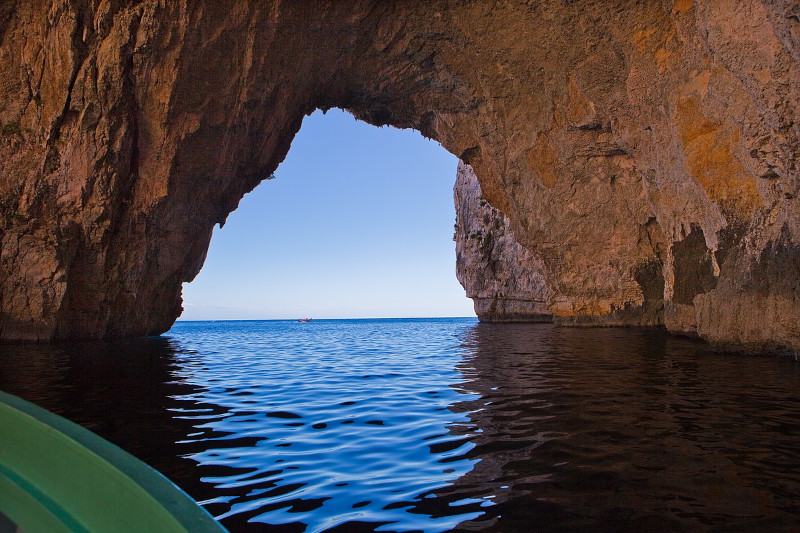
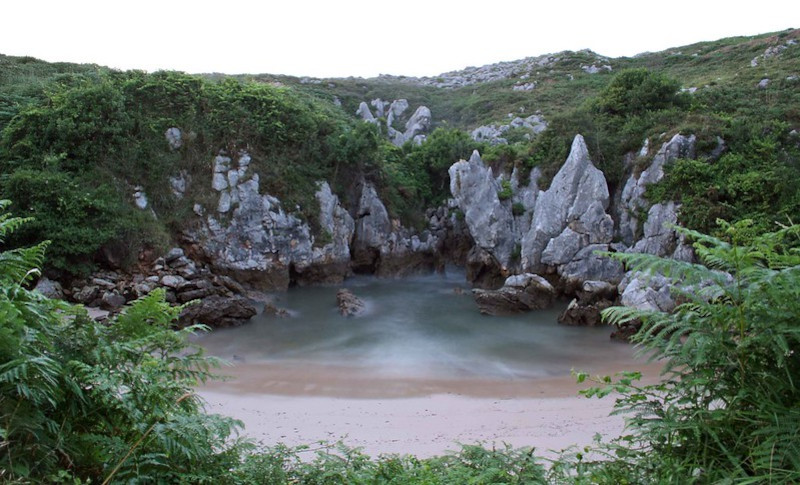
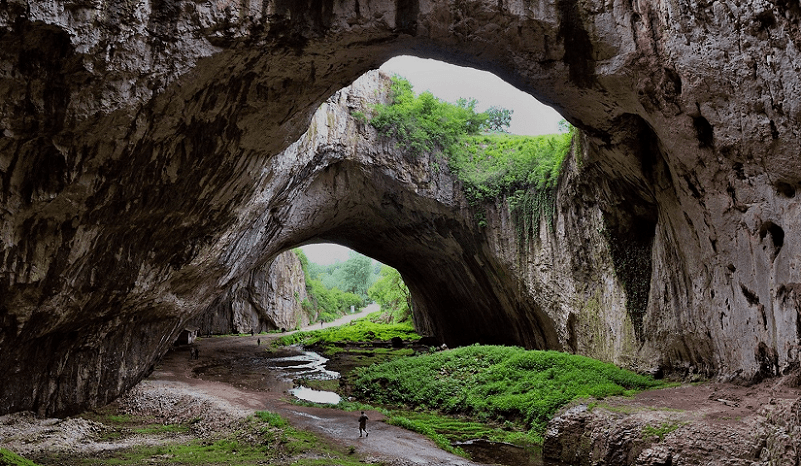
Hamilton Pool Physical Description
The mesmerizing Hamilton Pool almost instantly captivates those fortunate enough to visit this astounding natural formation. It also does so for a large number of reasons. That’s due to the fact that it combines a wide variety of factors into itself, to create a highly unique effect.
The incredible pool itself, the central feature of the location, measures approximately 50 feet in diameter. This structure alos formed with a roughly circular or oval shape. Its generally fresh water also presents a lovely jade green to the naked eye, reflecting the vegetation and limestone around it.
The depth of this stunning natural pool understandably varies in places, but occasionally reaches up to 25 feet in the deeper sections near the center. Its shallower areas around the edge, however, gradually deepen as the adventurous visitor moves toward the middle of the body of water.
The marvel of geology also remains partially covered by a relatively large, curved limestone overhang. This results in the formation of a beautiful natural grotto. Evidence indicates that this overhang formed when part of the underground river system collapsed thousands of years ago.
The grotto’s roof additionally extends about 50 feet over the pool, providing shade and creating a sheltered atmosphere. The ceiling of the grotto’s also adorned with stalactites, and lush green moss often grows on the wet rock surfaces. This only serves to add to the area’s otherworldly beauty.
Amazingly, Nature didn’t simply stop with these marvels when it blessed Hamilton Pool. That’s because, in addition to all the many above-mentioned wonders, the location also hosts a waterfall! This cascades roughly 50 ft (15.2 m) over the edge of the grotto’s overhang in the pool below.
The natural waterfall, in fact, constitues one of the most iconic features of this site. The flow of the cascade varies with the seasons and rainfall, of course. During wet periods, the waterfall tends to be a strong, steady stream, while in drier times, it’s frequently reduced to merely a trickle.
Hamilton Pool Location, Formation, and Ecology
The mesmerizing marvel now known as the Hamilton Pool formed in a region of the globe already well known for its abundance of natural geological wonders. The precise location of that site therefore won’t come as any great surprise to anyone. It’s found within part of North America.
Inside of the greater landmass, though, it lies within the boundaries of the United States. There, its picturesque beauty sits approximately 23 mi (37 km) west of the city of Austin, in the state of Texas. That places it in roughly in the south-central part of the state, as the state does in the nation.
Geologists remain uncertain exactly when the site formed, yet believe it happened at least 10,000 years ago. This occurred due to the forces of erosion, working over a vast span of time. However, the dome covering an underground river apparently collapsed at that time, forming the grotto.
Its formation’s a result of natural geological processes common in the Texas Hill Country, particularly the erosion of limestone over time. The area’s karst topography, characterized by sinkholes, caves, and underground streams, contributed to the creation of this stunning feature.
This incredible natural area forms a small yet remarkable oasis in the region, and, as a result, teems with a surprising amount of flora and fauna. The location therefore boasts a rich and diverse ecology, characterized by its unique combination of aquatic, terrestrial, and cave ecosystems.
The one-of-a-kind area’s additionally home to an impressive mix of native plants. This list includes such floral species as bald cypress, sycamore, and oak trees. The grotto itself and the surrounding cliffs also support various ferns, mosses, and numerous other moisture-loving plants.
The upland areas of the preserve where it sits, meanwhile, remain dominated by Ashe juniper, live oak, and various grasses typical of the area. Some plant species in the preserve remain unique to the region due to the specific microclimate created by the grotto and the constant water supply.
The remarkable Hamilton Pool’s also currently a vitally important habitat for several bird species, including the endangered golden-cheeked warbler, which nests in the Ashe juniper woodlands. Other bird species, such as the black-capped vireo, also make their homes at this location.
The value of the pool itself to the local ecosystem doesn’t merely end there, though. That’s because it also supports a variety of aquatic organisms, including fish, amphibians, and invertebrates. The water’s relatively clean, supporting species like minnows and various types of aquatic insects.
A large number of mammals also either live around or near its borders, or make use of its waters. These wonders of Nature include white-tailed deer, raccoons, and armadillos. The greater area of the preserve also hosts various reptiles, including non-venomous snakes, lizards, and turtles.
Features Sharing Its Region
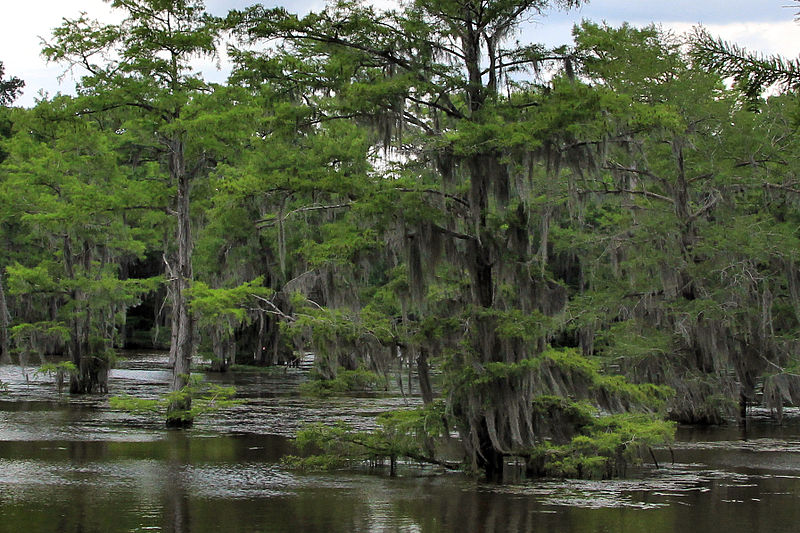
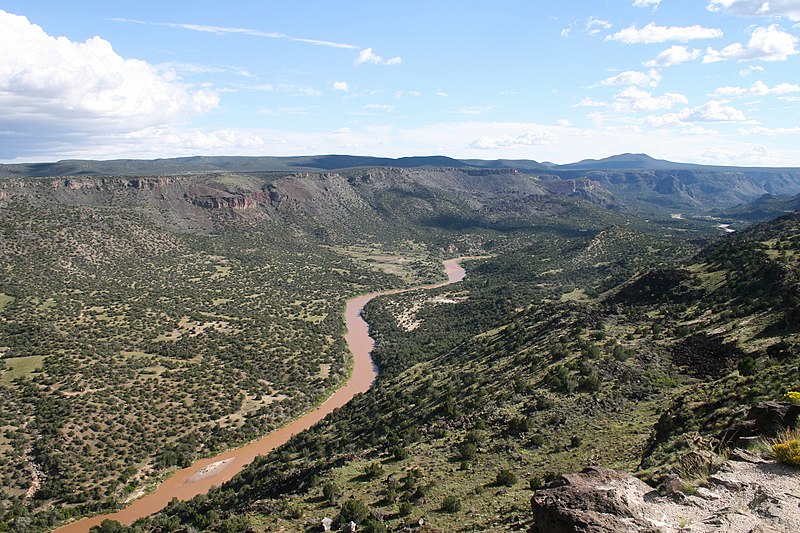
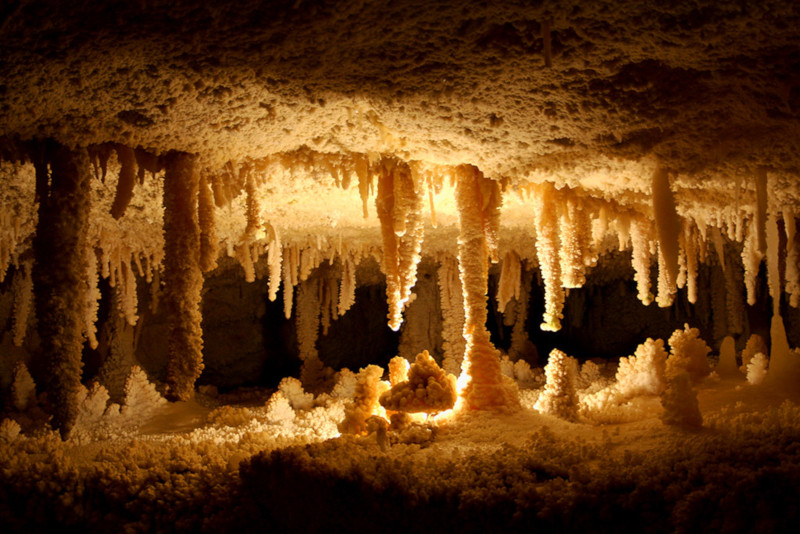
Check out our other articles on 8 South American Geological Marvels, Great Hammerhead Shark, Red Beach, Colorado Columbine, Mongolian Wild Horse, Green Dragontail, Tree Bumblebee
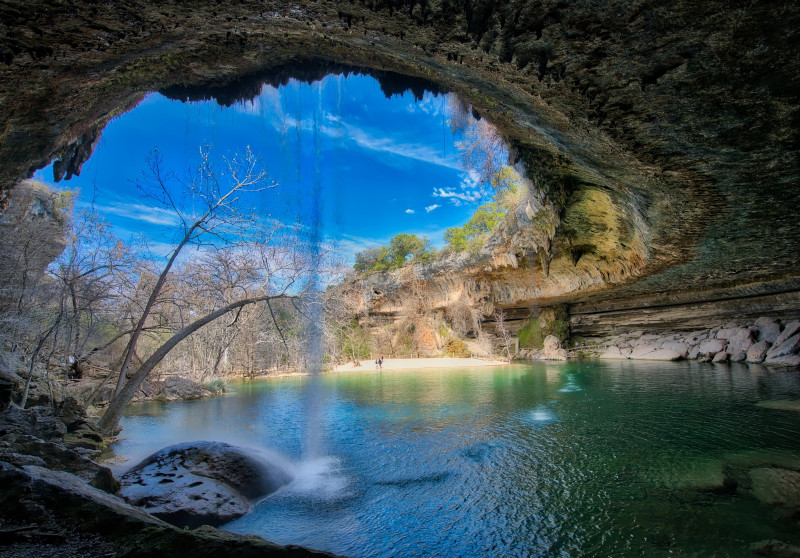
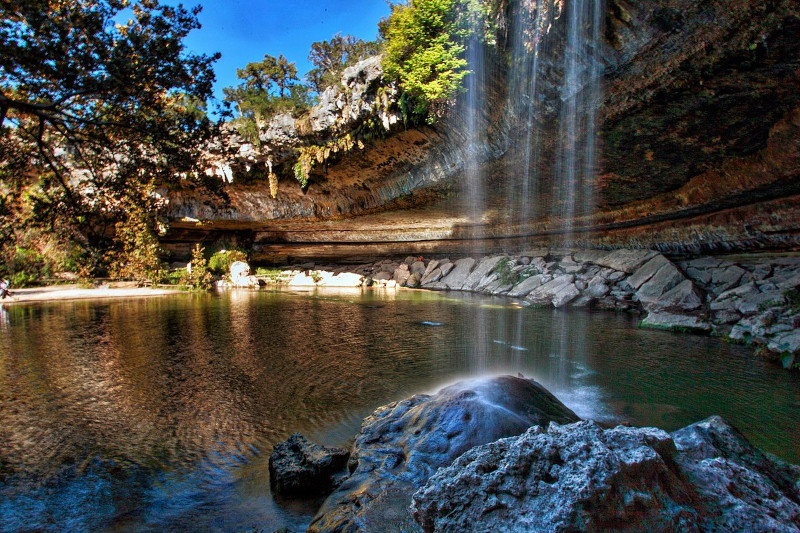
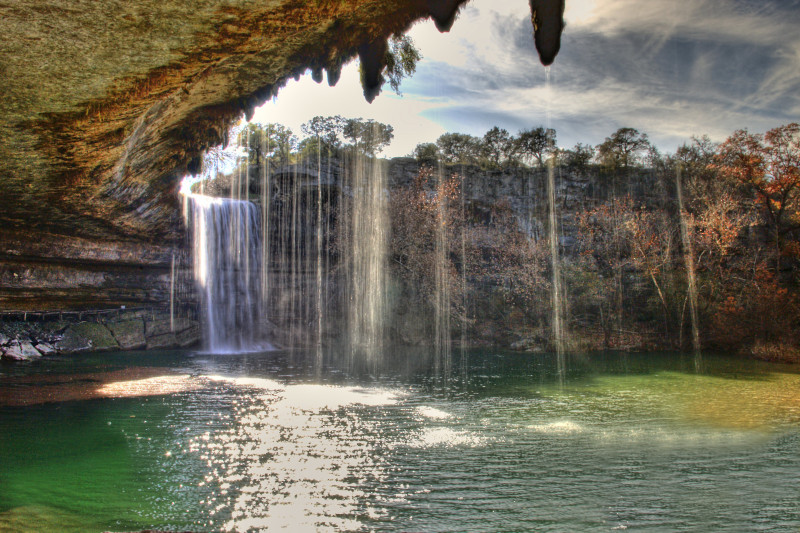









Leave a Reply